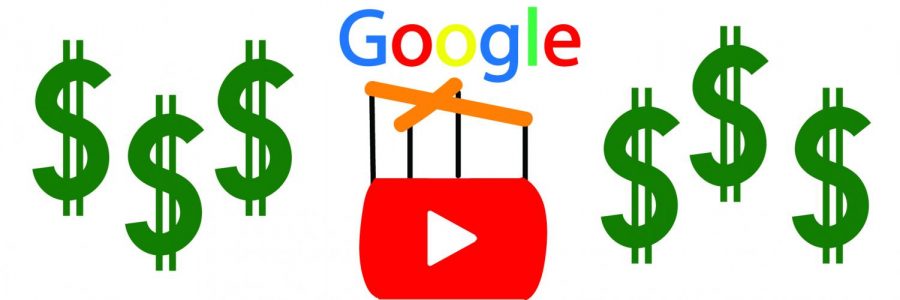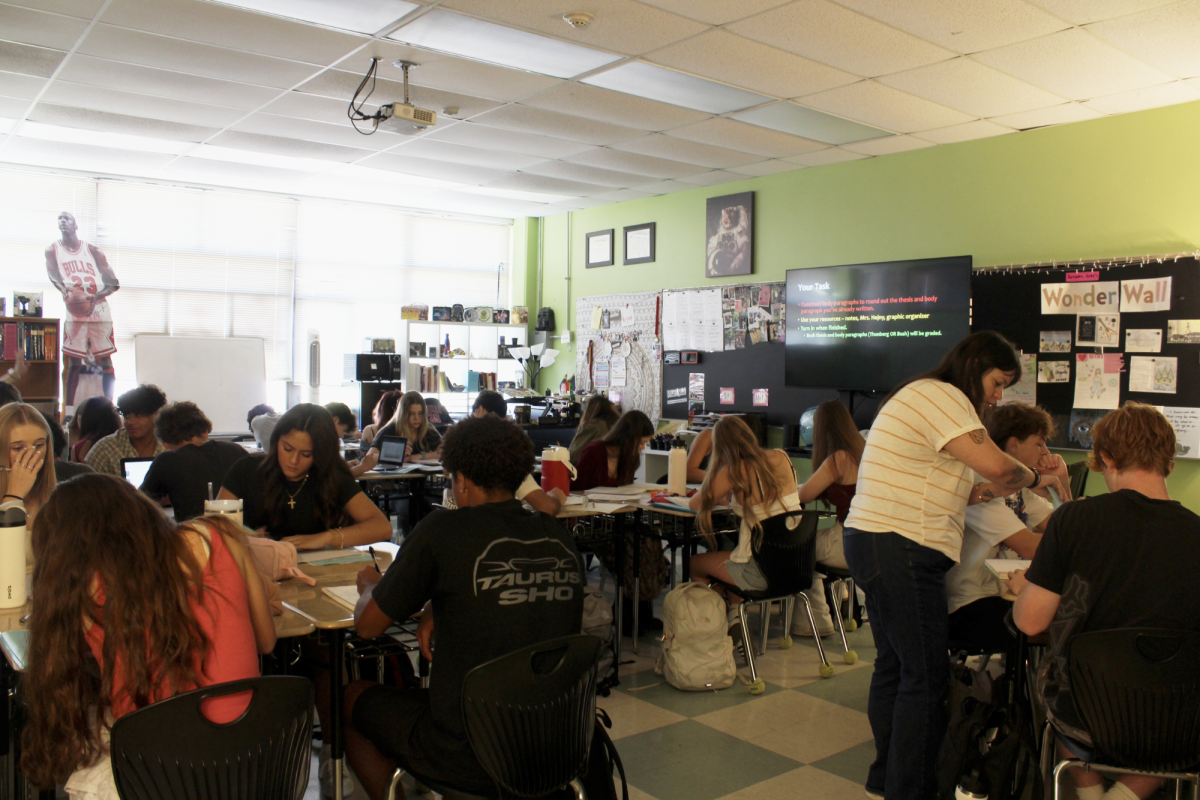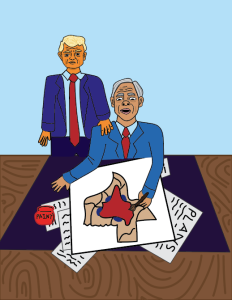YouTube is turning its back on creators
January 6, 2018
A painting speaks a thousand words. Like an art gallery, YouTube allows creators, or “YouTubers,” to hang their paintings in the exhibit. Favoring advertiser friendly content, YouTube is struggling to appease advertisers, and many YouTubers are now feeling censored; their art taken down.
Is YouTube limiting free speech?
A juggernaut second only to Google.com, YouTube, according to Alexa Internet Inc., is the second most visited website in the world. With this great power, comes great responsibility, and YouTube still has to pay the bills. It’s for this reason, from my stance, that the website has done a terrible job of upholding a free speech environment under the intense pressure of advertisers.
Philip DeFranco, a well-known YouTuber who posts videos intended to inform his audience of the “news and pop culture” in the world, came under attack from YouTube demonetizing over a dozen of his videos; rendering him unable to make money from advertisers.
DeFranco took to Twitter, and posted an edited screen shot of the site’s terms of service under the “not advertiser friendly” section, highlighting a particular section which read “controversial or sensitive subjects… even if graphic imagery is not used” as a violation of the terms of service.
So, does YouTube have the right to flag YouTubers for posting content which violates the terms of service? Of course. However, vague guidelines such as “controversial or sensitive subjects” are what threatened DeFranco’s channel and personal livelihood by extinguishing his source of income. YouTube carried out their actions without any prior notice or detailed explanation of how DeFranco had specifically violated the terms of service, as well as what counts as “controversial or sensitive subjects” for the website.
What’s the most telling of YouTube’s problems is the fight to continue generating money from advertisers. As of 2017, large corporations such as McDonald’s, Wal-Mart, Starbucks, and many others have come together to boycott YouTube so as not to put their advertisements on YouTube videos. Some of these may just be harmless cat videos, while others could be similar to the recent scandal of pedophile clips which have shocked advertisers.
YouTube is destroying itself. The fact is, Google’s only recently broken even with its $1.5 billion dollar purchase of YouTube way back in 2006. This company spends roughly $3.5 billion each year improving infrastructure while only making $3.8 billion in profits. Grasping at the straws of a new, shiny terms of service intended to be as vague as possible, and the always just out of reach perfect algorithm destined to regulate all 400 hours of content being uploaded each minute.
By distancing itself from both its creators and advertisers, YouTube has created a cycle. This cycle is fueled by YouTube’s attempts at greater control – to no avail.
A corporation is built upon both the success of its own employees and sustained by the income of revenue from customers. YouTube, my favorite site and app, is negating both. I believe that the reason for the company’s misfortunes is that the state of the Internet from 2006 was much different than the one today.
Google, for all of its deep pockets and ambitious dreams of leading the world in technological innovation, fails to understand that today’s Internet is more politically correct, better at using social media to effectively pressure corporations like YouTube, and much more united.
Every painting deserves a fair chance to be seen.









